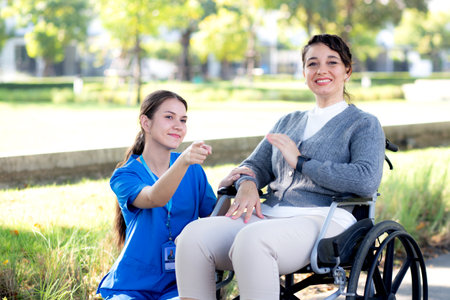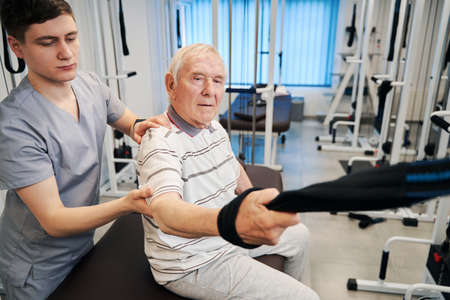Case Studies and Personal Stories: Experiences of Hip Fracture Recovery in the British Elderly Population
Introduction: Hip Fractures among the British ElderlyAcross the United Kingdom, hip fractures are a significant concern among older adults, affecting thousands of families each year. As the population ages, the incidence of hip fractures has become increasingly common, with statistics showing that nearly 70,000 people suffer from this injury annually in England, Wales, and Northern…









